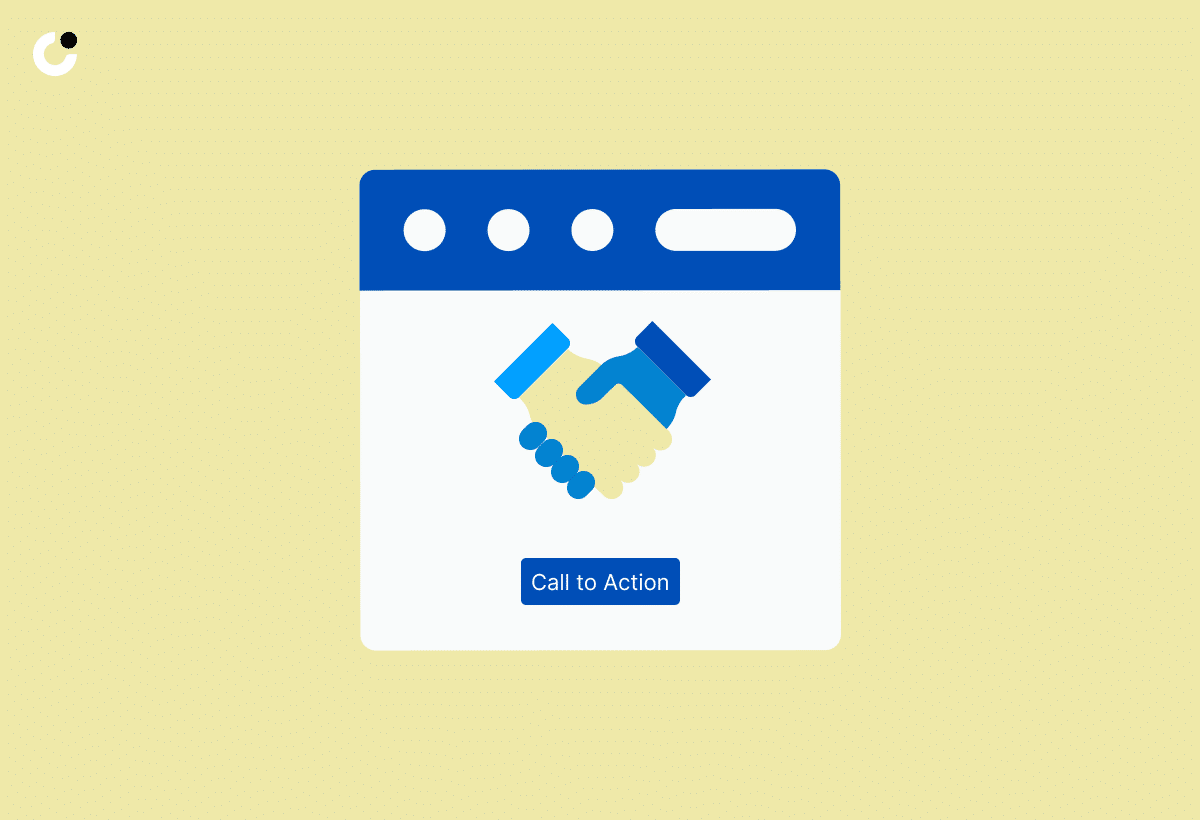Mastering the art of cold emails can unlock new opportunities, expand your network, and boost your professional success. With the right techniques, you can craft compelling messages that grab attention and prompt a response. Are you ready to learn the secrets of cold email mastery, including how to introduce yourself in a cold email?
Key Takeaways
- Craft a personalized and curious subject line to increase open rates.
- Focus on the recipient’s interests, establish a connection, and provide compelling content in your cold email introduction.
- Follow up with tailored content that demonstrates commitment to meeting their needs.
Crafting a Magnetic Subject Line

A captivating subject line is the cornerstone of cold email success, and crafting effective cold email subject lines is crucial. It’s the first thing your recipient sees, and it has to pique their interest enough to open the email.
Achieving a compelling subject line starts with personalization and balancing curiosity with clarity.
The Power of Personalization

Personalization has become a necessity in the current overflow of inbox content. Including the recipient’s name or company in the subject line can result in an open rate increase of at least 50%. Customizing the subject line to suit the recipient imparts a sense of importance and sets your message apart from generic emails.
But remember, an effective subject line isn’t just about personalization; it’s also about addressing the recipient’s pain points and providing value.
Balancing Curiosity and Clarity

Achieving a careful equilibrium between sparking interest and providing clarity is a key aspect of creating an effective subject line. While you want to spark interest, you also need to ensure your subject line provides a clear idea of what the email is about.
The “Problem + Solution + Benefit” formula or the “Mystery” tactic are examples of approaches that can help you achieve this balance. Combining elements of intrigue and clarity heightens the probability of your email being opened and read.
The Opening Act: Your Cold Email Introduction

The opening of your cold email sets the stage for the rest of the message. It should focus on the recipient and establish a connection to grab their attention. A compelling opening line plays a significant role in deciding if the recipient will proceed with reading your email, making cold emailing a more effective strategy for sending cold emails.
Consider these strategies for crafting engaging introductions that resonate with the recipient and pique their interest.
Focusing on the Recipient

To create a positive impression, focus on the recipient’s interests, accomplishments, or challenges in your email introduction. Mentioning their recent work, industry achievements, or addressing a specific pain point can make your email feel more tailored and grab the recipient’s attention. Utilizing an introduction email template can help you achieve this goal effectively.
Remember, your cold email should be about them, not you – so make the recipient the star of your message.
Establishing a Connection

Build rapport with your recipient by mentioning shared interests, mutual connections, or relevant industry news. Establishing a connection makes the recipient feel more familiar and trustworthy, increasing the chances they will engage with your email. Just be sure to keep the connection relevant to the purpose of the email and genuine in nature.
Positioning Yourself in the Email Body

Having secured the recipient’s attention, you can now present yourself in the body of the introduction email. Introduce yourself briefly, focusing on your expertise and experience relevant to the recipient’s needs or interests.
Then, emphasize the mutual benefits of your proposed collaboration or service.
Brief and Relevant Self-Introduction

When introducing yourself, keep it concise and relevant. Highlight your:
- Work experience
- Key accomplishments
- Skills
- Certifications
- Projects that pertain to the recipient’s needs
This will showcase your competence and make the recipient more likely to consider your proposal.
Highlighting Mutual Benefits

Emphasize the mutual benefits of your proposed collaboration or service, demonstrating how it can help the recipient achieve their goals. Focus on the advantages the recipient would receive, such as solving a problem, saving time or money, or gaining a competitive edge.
Demonstrating mutual benefits not only makes your proposal more attractive but also shows you’ve taken the time to understand the recipient’s needs.
Delivering Value in Your Message

Make your message worthwhile by:
- Highlighting your expertise
- Suggesting solutions to the recipient’s issues
- Providing helpful insights, data, or case studies that address their pain points.
Consider these strategies for showcasing your competency and skills while presenting bespoke solutions.
Showcasing Expertise

Demonstrate your knowledge and skills by providing helpful insights, data, or case studies that address the recipient’s pain points. This not only shows your competence but also makes your message more valuable and relevant to the recipient.
Providing valuable information enhances the prospects of receiving a favorable response.
Offering Solutions

Offer tailored solutions to the recipient’s challenges, focusing on the benefits and outcomes they can expect from working with you. Instead of just listing your product’s features, emphasize how your solution can address their specific needs. This will make your proposal more compelling and increase the likelihood of a positive response.
Calls to Action That Prompt Engagement

A well-crafted call to action (CTA) motivates the recipient to act, such as scheduling a meeting or replying to your email. Simplifying the response process and incorporating calendar links for meeting scheduling amplifies the likelihood of engagement.
Making It Easy to Respond

Encourage recipients to take action by asking simple, direct questions or requesting a specific response. For example, you might ask, “Are you available for a 15-minute call to discuss how our solution can help your business?” This makes it easy for the recipient to respond and shows you value their time.
Inserting Calendar Links

Include calendar links or scheduling tools in your email to make it easy for recipients to book a meeting or call with you. This not only saves time for both parties but also demonstrates your professionalism and commitment to addressing their needs. To make this process even more seamless, insert calendar link directly into your email.
Wrapping Up with a Professional Closing

Conclude your cold email professionally by thanking the recipient for their time and consideration, and using a respectful closing such as “Kind regards” or “Best wishes”.
In addition, craft an effective email signature that includes your name, title, company, contact information, and relevant social media or website links.
Kind Regards and Gratitude

Express gratitude for the recipient’s time and consideration in your closing. This not only leaves a positive impression but also shows that you value their attention.
Use a polite closing, such as “Kind regards” or “Best wishes,” to maintain a professional tone.
Crafting an Effective Email Signature

Create an effective email signature that includes:
- Your name
- Your title
- Your company
- Your contact information
- Relevant social media or website links
This not only provides the recipient with an insight into who you are but also offers access to further information about you and/or your company through a blog post.
The Follow-Up Strategy

Actively following up on your cold email is key to sustaining engagement and enhancing your prospects of success. Implement a follow-up strategy that includes timely follow-ups and enhanced content to keep the conversation going and show your commitment to addressing the recipient’s needs.
Timing Your Follow Ups

Schedule follow-up emails at appropriate intervals, considering factors such as the recipient’s industry, role, and responsiveness. Ideally, wait around 3-4 days before sending a follow-up email, but adjust the timing based on the recipient’s response or lack thereof.
Enhancing Content in Follow-Ups

Enhance the content of your follow-up emails by:
- Providing additional value, insights, or resources that address the recipient’s needs or interests
- Keeping the conversation going
- Demonstrating your ongoing commitment to addressing their challenges.
Summary
Mastering the art of cold emails is an invaluable skill for building connections, creating opportunities, and growing your professional network. By crafting compelling subject lines, personalizing your message, showcasing your expertise, and offering tailored solutions, you’ll be well on your way to cold email success.
Frequently Asked Questions
How long should a cold email introduction be?
A cold email introduction should be kept to 2-3 sentences, using a professional tone and making a connection with the reader. It should include a clear conclusion in the first sentence without any introduction or summary.
What are some effective opening lines for a cold email?
Compliment their recent work, ask a question to set up the value proposition, or go straight to your pitch - these are some effective opening lines for a cold email.
How often should I follow up on a cold email?
For optimal results, it is recommended to wait 3-4 days before following up on a cold email.
What should be included in an effective email signature?
Your name, title, company, contact information, as well as any relevant social media and website links should be included in an effective email signature.
How can I personalize the subject line of a cold email?
Personalize your cold email subject line by including the recipient's name or company for an open rate increase of 50% or more.

